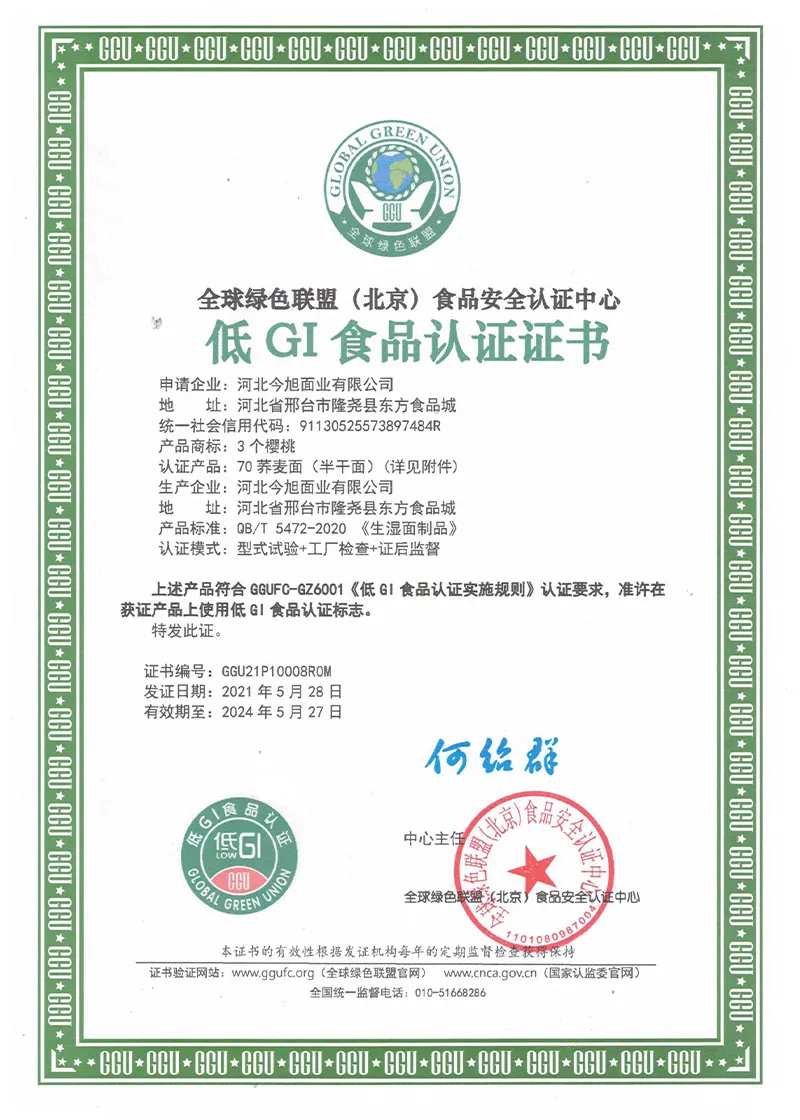wheat pasta price
The Price of Wheat Pasta Factors and Trends
The pasta market has seen substantial changes over the years, with wheat pasta being one of the most consumed varieties worldwide. As a staple food, wheat pasta plays a crucial role in various cuisines, particularly in Italy, where it originated, and it has become integral to many diets globally. However, the price of wheat pasta has fluctuated significantly in recent years, influenced by multiple factors ranging from global wheat prices, production costs, economic conditions, and consumer demand.
The Global Wheat Market
The price of wheat pasta is largely dictated by the global wheat market. Wheat is one of the most widely cultivated grains in the world, with Russia, the United States, Canada, and the European Union being the largest producers. Variations in these countries’ agricultural output due to climatic conditions, natural disasters, or geopolitical tensions can cause significant price changes.
For instance, adverse weather conditions such as droughts or floods can impact wheat yield, causing supply shortages. When supply is disrupted, wheat prices tend to rise, leading to an increase in the production costs of wheat pasta. Conversely, a bumper crop can lead to lower wheat prices, which can benefit pasta manufacturers and consumers alike.
Production Costs
Beyond the fluctuating prices of wheat itself, the production costs for pasta have also seen substantial changes. Factors such as labor costs, transportation expenses, and energy prices can markedly influence the overall price of wheat pasta. The increase in labor costs, especially in developed countries, can lead to higher prices for processed goods, including pasta. In addition, rising fuel prices can increase transport costs, further pushing up the retail price of pasta.
Economic Conditions and Inflation
Macroeconomic factors play a major role in shaping pasta prices. Inflation, for instance, erodes purchasing power, making food items more expensive. When inflation is high, consumers may notice a direct impact on the prices at the grocery store, including the cost of wheat pasta. Economic downturns can also affect consumer spending habits. During times of economic hardship, people might gravitate toward cheaper food options, affecting the demand dynamics of various pasta products and influencing their prices.
wheat pasta price

Consumer Demand and Trends
Consumer preferences are another factor that influences the price of wheat pasta. With the rise of health-conscious eating and dietary restrictions, there has been a significant trend toward alternative pasta products, such as gluten-free or vegetable-based pastas. Despite the growing popularity of these alternatives, traditional wheat pasta remains a favored option for many, and its sustained demand can keep its prices relatively stable compared to more niche products.
Additionally, during periods of economic stability or growth, demand for quality food products, including premium wheat pasta, can rise, causing an uptick in prices. Specialty pastas that offer organic or artisanal characteristics can command higher prices in competitive markets.
Global Trade Dynamics
International trade policies and tariffs also play a significant role in determining the price of wheat pasta. Countries that import or export wheat and pasta face various tariffs that can affect prices. Trade agreements and international relations can either ease or complicate the availability and pricing of wheat products. For instance, sanctions or trade wars can hinder wheat importation, thereby raising prices on the domestic market and affecting consumers directly.
Conclusion
The price of wheat pasta is influenced by a multitude of interconnected factors ranging from agricultural yields and production costs to economic conditions and consumer behavior. As global food markets continue to evolve, staying informed about these factors can help consumers and producers alike navigate the complexities of pasta pricing. For pasta lovers, understanding these dynamics may provide insight into future price trends, allowing for more informed purchasing decisions.
In essence, while enjoying a comforting bowl of pasta, one might not consider the broader economic landscapes and agricultural practices that directly influence the price tag on their favorite dish. Nevertheless, recognizing these factors can enhance one’s appreciation for this culinary staple and its journey from wheat field to dinner plate.
-
Is Whole Wheat Pasta Healthy?NewsMay.30,2025
-
Are Soba Noodles Good for Weight Loss?NewsMay.30,2025
-
Are Buckwheat Soba Noodles Healthy?NewsMay.30,2025
-
Are Buckwheat Soba Noodles Gluten Free?NewsMay.30,2025
-
Are Buckwheat Noodles Good for You?NewsMay.30,2025
-
A Healthy Way to Savor Soba and Spicy FlavorsNewsMay.30,2025
-
What Are Lanzhou Noodles?NewsMay.30,2025
Browse qua the following product new the we

















































































































